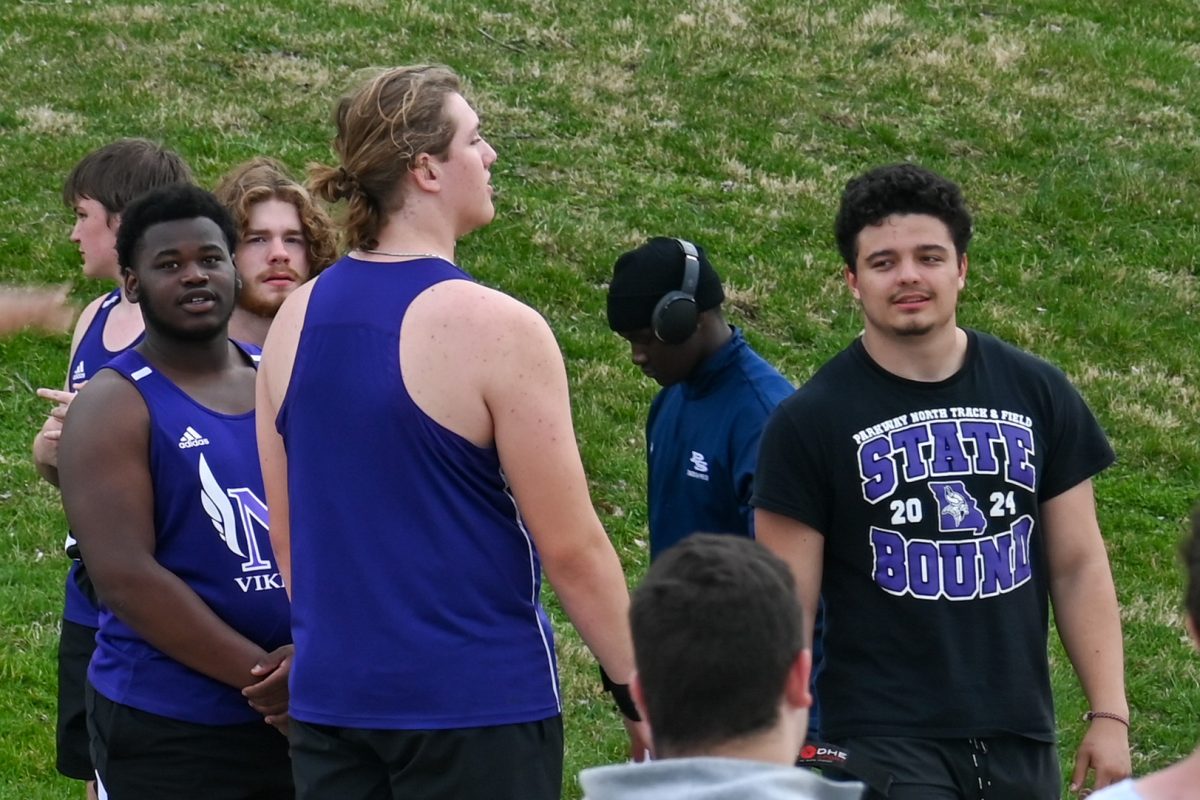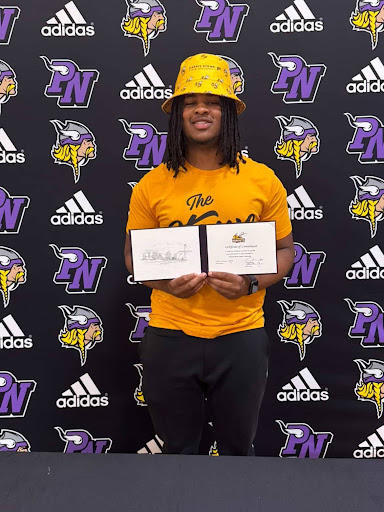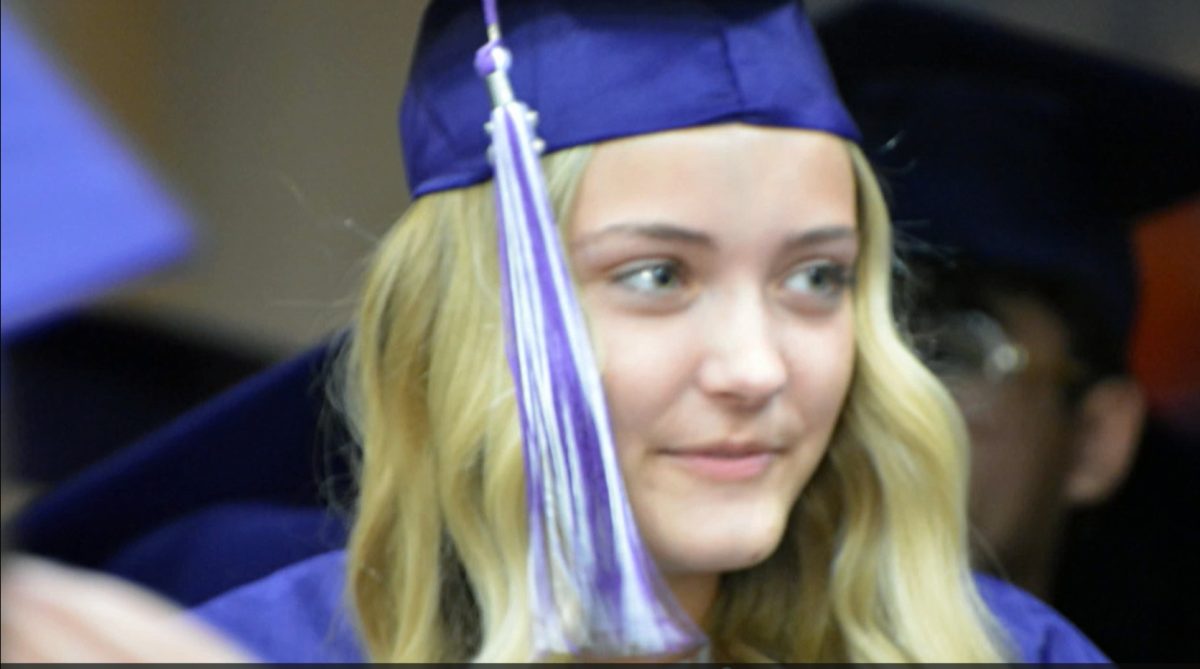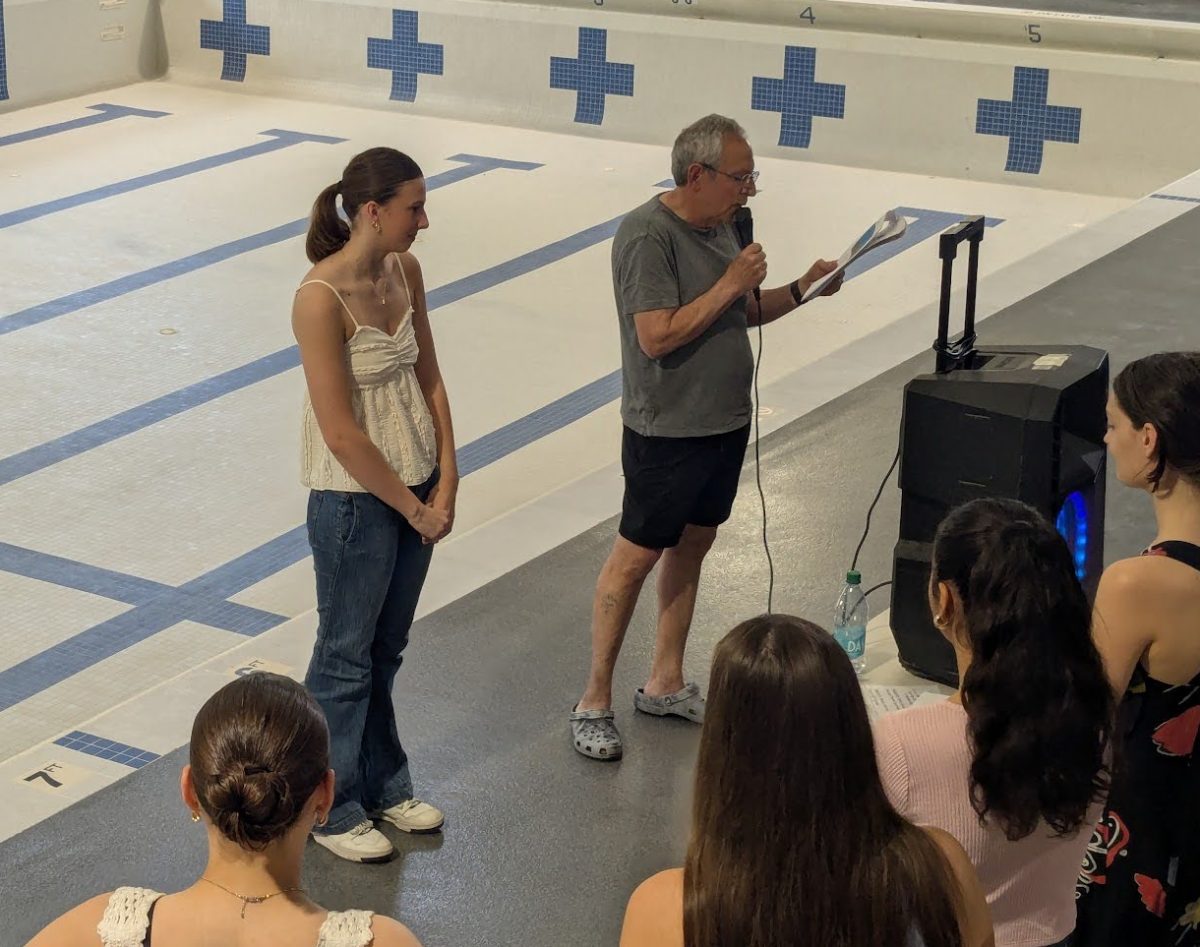
This year, Parkway North High School welcomes new students and staff members who are a part of the deaf and hard of hearing program.
“We just recently moved here to Parkway North and this is our first year here,” signed James Priscu, an SSD teacher who works in the DHH program. “We are really excited to work with everyone.”
The DHH is the deaf and hard-of-hearing program that was originally in the Hazelwood District serving students from the central and the north county area. Students from the south and west county area were already getting services at Parkway West High School, so the Special School District decided it would be better to offer all DHH services to students in one district.
“Our students were getting that unified program that would allow them to provide consistent services,” said Emily Moxy, one of the special educational coordinators for the Special School District who oversees the DHH program at North.
Serving students in one district allows educators to utilize resources, follow one curriculum, and share one calendar to ensure students are getting a more unified program and consistent services. It also allows for more collaboration and professional development among teachers.
Besides helping teachers be better, having the program in one district also helps the students. Before the plan, deaf students were more spread out and didn’t have a strong community that they could rely on because of the distance that they were from each other.
“This way they can meet other people who are deaf and hard of hearing. Also, by coming here, they are exposed to a lot of different types of people,” Peterson said. “I think it’s great for the kids because they are exposed to different people from different races, different cultures and also for people to be exposed to them and learn more about the deaf and hard-of-hearing,”
Parkway North is very diverse with 32 different languages spoken here – now 33 including ASL.
“Ultimately, I don’t want anybody to feel hesitant to interact with students who may communicate in a different way than they do,” Moxy said.
So far, students in the DHH program are finding different activities to participate in and are finding a place, not just in the DHH community, but in the North community.
“One of our students was playing football, and I was able to sit back and observe one of the other players on the team communicating with this student and learning some signs from the student,” Moxy said.
All students and staff members can work together to communicate better and understand each other.
“A lot of [DHH] students know that the world in general is very much a very hearing-based world, and they are pretty familiar with that and have developed a lot of coping strategies and skills to employ outside of the classrooms and programs,” Peterson said.
Peterson suggests that other students take the ASL classes, come to the ASL club, or text and write notes to better communicate with students who are part of the DHH program.
“By making an effort to learn [ASL], you are showing them that you care and that you want to be able to communicate with them,” Peterson said.
With no one being the same, teachers and interpreters like Deborah McCullough, who interpreted Priscu’s interview, try to help guide the students and make them feel comfortable.
“Our students and staff are just like any other student and staff. Everybody has their strengths and challenges just like any other student in the building,” said Moxy.
One common phrase related to the DHH community is “Deaf can! – That means they are able to do things like everyone else,” Peterson said.














